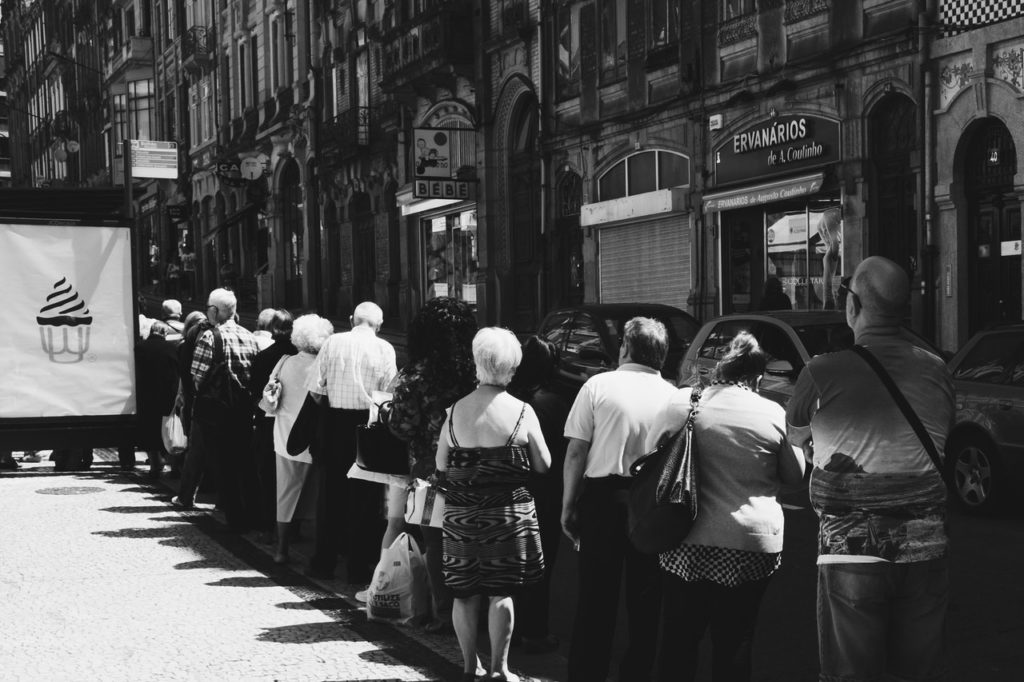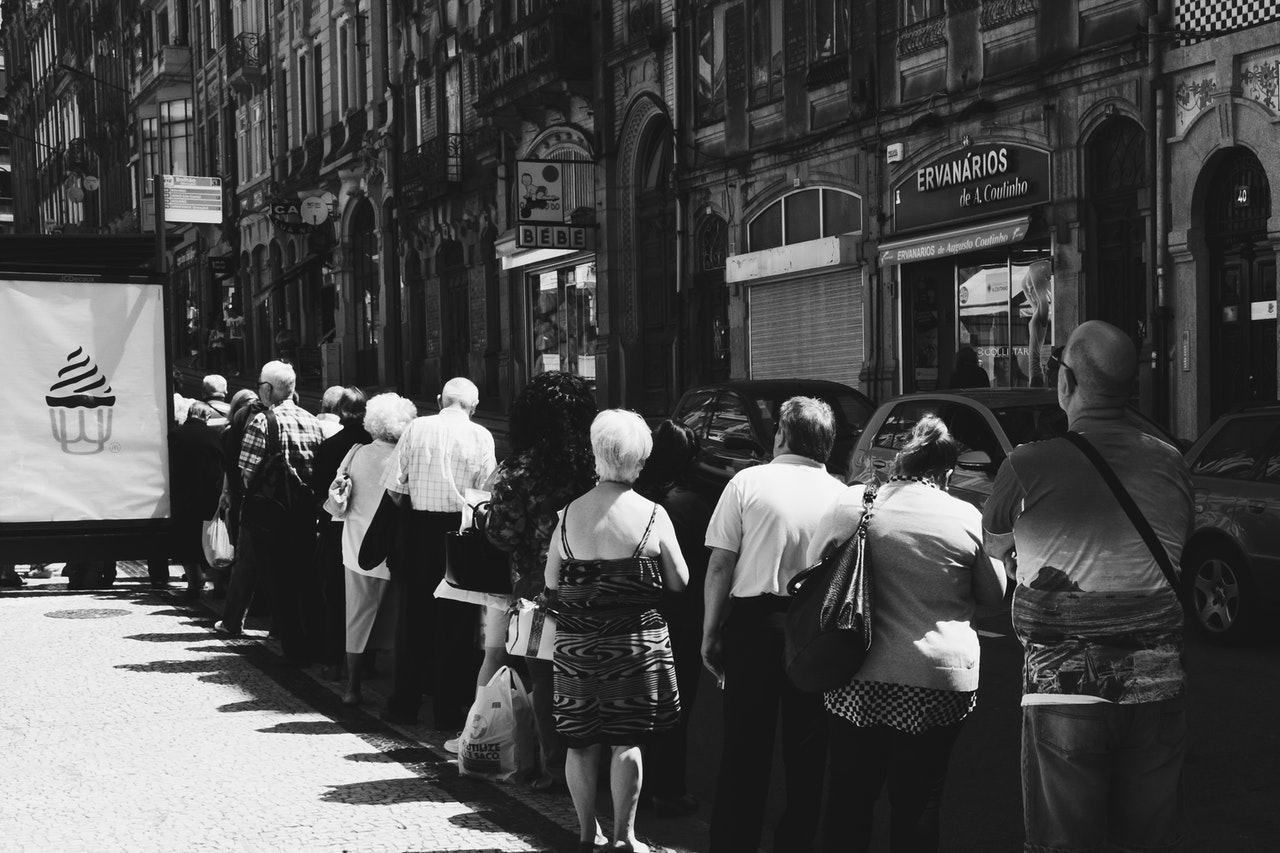
I learned this today. Floor indicators were added to elevators in the 1950s in order to distract people while they waited. The actual waiting time wasn’t as bad as the perceived waiting time. This was discovered thanks to queuing theory.
Queuing theory was invented by Agner Krarup Erlang in 1909. He was working for the Copenhagen Telephone Exchange to model the number of telephone calls coming into the exchange. He was tasked with analyzing waiting times. He made a very complex mathematical model that was used to improve the efficiency of queues. His approach was mathematical, but since then a lot of people have looked at queuing from a psychological standpoint.
There are 6 rules of queuing psychology.
1. Unoccupied time feels longer than occupied time.
2. People want to get started.
3. Uncertain waits are longer than known, finite waits.
4. Unexplained waits are longer than explained waits.
5. Unfair waits are longer than fair waits.
6. Anxiety makes waits feel longer.
All of these rules can be seen in action if you go to a Disneyland Park. If you go to Disneyland at any time other than during a hurricane, you are going to spend a large part of your time queuing. It is imperative for Disney that people can wait patiently and calmly, even on the hottest of days. So, how do they do it? They employ psychologists and they look at each of these six rules.
1. Unoccupied time feels longer than occupied time. Throughout the wait for a Disney ride there are activities, models, short movies, things to look at, parts of a story, and now, interactive apps. You are distracted from the moment you get in the line and the longer you are successfully distracted, the longer you will willingly wait.
2. People want to get started. From the second you step into the Disney line, you are persuaded that the adventure has begun. You are not waiting to start, you have already started and you are just waiting for the next part.
3. Uncertain waits are longer than known, finite waits. There is a sign at the start of every Disney queue telling you how long you are going to have to wait. Disney psychologists know that people will happily wait three hours for a ride if they know that they have to wait three hours, but they won’t wait for three hours if they don’t know how long they have to wait. Disney also uses this to increase customer satisfaction. When the sign says “3 hours wait”, the waiting time will always be significantly less than that. When you get to the ride and realize you haven’t waited for as long as you thought, you feel a sense of gratitude towards the park for getting you through faster than you expected.
4. Unexplained waits are longer than explained waits. If there is a problem with the ride, Disney cast members will inform people extremely quickly. They know that you will happily wait for them to fix a problem if you know that is what they are doing. You won’t wait happily if you don’t know why the line has stopped moving.
5. Unfair waits are longer than fair waits. There is no cutting in line at Disney. People won’t wait if they don’t think the line is absolutely fair. Disney uses the fastpass system, but, oddly, this is still seen as fair because everybody has an equal chance to use the fastpasses.
6. Anxiety makes the wait seem longer. Disney cast members are trained to relax you. They take all of the unknowns out of the wait and remove anything that could make you anxious.
By looking at all of these factors, Disney has managed to make a park where people spend 90% of their time waiting and don’t mind it.
So, we have floor indicators on elevators because we will wait for much longer if we know how long we will have to wait. Uncertain waits are longer than certain waits. And we know all of this thanks to the study of queuing theory.
Sources
https://www.scirp.org/journal/paperinformation.aspx?paperid=99238
https://www.vonage.nz/resources/articles/the-psychology-of-queuing/
https://queue-it.com/blog/psychology-of-queuing/
https://en.wikipedia.org/wiki/Queueing_theory

